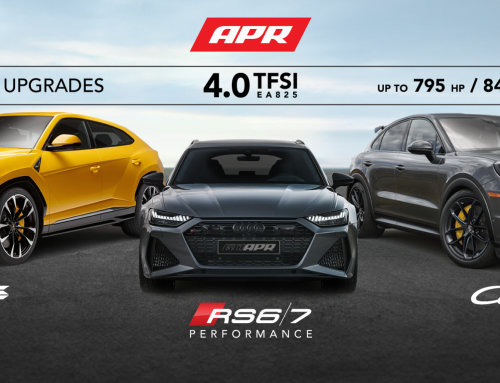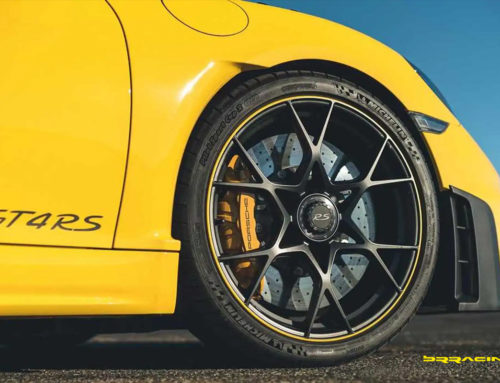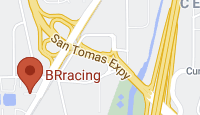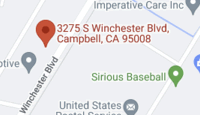Track Days – What Clothes?
This is a question we get asked all the time, and didn’t really know or assemble the data…till now. This is true for racers as well…I know that I need to wear a SFI suit, but what can I wear under it? We know that track day users want the most comfortable and cool clothing possible…as most track days are often on the hottest days of the year, or that the inside of the car under track conditions, just plain gets hot.
The problem with wearing normal clothes in this driving environment is that they offer little or no protection if something goes wrong, and can even add to the danger inherently. (and just like damage to the car, while we may hope that it won’t happen to us, we know it does happen, just about every track day, a car does go home in bad shape, but we also see our fair share of fires…more so w street cars than w race cars). Let’s look at two main fabrics that are in most clothing these days and its benefits / risks:
Cotton: Highly flammable – Difficult to extinguish – Combustible
Once cotton ignites, it’s really hard to put out. The old “stop, drop and roll” was developed in a time period when most clothing was made from cotton. In short, when you wear cotton on your body in a high performance driving event, you are wearing a torch.
In fact, in July of 2013, SCCA’s SportsCar Magazine wrote, “Wearing standard clothes under the race suit carries the risk of internal combustion next to the skin; while the race suit does not burn, you can trap the burning and heat build up against the skin”. This means cotton can catch fire, even under your suit! Hence, why they now require SFI undies as well as the suit. In Pirelli Cup last year, they started to get much more emphatic about checking what the driver was wearing.
The other common fabric used in today’s clothes is:
Polyester: Melts & drips easily – Melts into plastic – Must be surgically removed
It can be very stretchy, comfortable and many times treated for moisture control since it’s used widely in athletic garments. Polyester can be very comfortable but that doesn’t outweigh the dangers associated with it.
If those two fabrics aren’t enough to get you thinking about wearing something fire retardant, there are even worse garments you can wear. These are:
Polyester/Cotton Blends: Melts – Drips – Burns easily – Difficult to extinguish – Must be surgically removed – Combustible AND can Melt under the suit
They are very comfortable garments, perform very well in the heat, but are extremely dangerous. What’s more, they are not easily identifiable without looking on the tags. Many look like regular cotton t-shirts. However, when exposed to heat or flame, Cotton/Poly blends exhibit ALL of the dangerous characteristics of non-fire retardant garments.
So, what’s the answer?
This is what we recently have found: TracGear
TraqGear has SFI Certified Fire Retardant garments that will keep you safe and keep you cooler than the old school nomex. You don’t have to sacrifice comfort any longer in order to be safer in the car. Even if you don’t choose the new TraqGear for your base layer needs, make the smart choice and always wear Certified, Fire Retardant garments (Sparco, MOMO, something). It could literally save your skin.
Now, that mostly covered what you wear, either for a Track Day or under your race suit or as a standalone clothing piece….but, what about the cool shirt? This is a question we have been asked a lot, and didn’t really know the answer….but, here is the answer now:
SFI Foundation did a special study on non fire retardant garments under the suit in May of 2015. The study demonstrated just how easy it is to melt a polyester shirt, through the suit, without burning a hole in the suit. Pretty shocking! It’s actually a result of heat transfer through the surface of the suit, melting the shirt onto the skin. They went on to say, “When the polyester shirt melts, it becomes hot glue, and will stick to skin. For the same heat exposure, an injury that would otherwise only need ointments for treatment will now require painful scraping or removal of skin to separate the solidified polyester from the body.” Yikes!
To be completely truthful, after reading this, I would be afraid or have a strong concern on wearing a normal cool-shirt at all (and we have LOTS of them, as do our customers). It works well and it’s a great design, but the plastic bladder is usually sandwiched between two pieces of polyester and lycra. It’s a dangerous combo when heat gets to it. TracGear did some testing with it and found the bladder more durable than the poly surrounding it. If they made the shirt with a good FR inner and outer layer instead of poly, you could have a safe shirt. With the recent tests / results / exposure here, we have heard through the grapevine that MOMO is even getting out of this space altogether.
If you do wear FR stuff underneath the cool shirt, for sure it will give you a small barrier to the potential melting and dripping. To what degree of protection would be very difficult to quantify. Lots of variables affect how FR operates..is an accelerate (fuel) involved..direct heat..flame..intensity.
The three main things SFI Certified stuff gives you is:
More time to get out before burns occur (min of 3 seconds more)
No melting of the garment
No flammability (all SFI garments must self-extinguish within 2 seconds..our stuff does it in .2 seconds on avg)
I always think about it like this: I just spent north of a grand on a suit to protect me from fire. I don’t want to offset that protection with $25 flammable or meltable tshirt.
The good news…now that we know the info, is that there are options for making all of this work, and not looking like something odd at your track day.
Here are examples of what TracGear offers:
Long Sleeve SFI rated shirt (multiple colors – white, black, blue)
Long Sleeve SFI cool shirt (and they say it works w most systems for connectors)
We haven’t tried them yet…but will, but I think I would be willing to give up some comfort or cooling to get proper protection…..they say you don’t have to give up anything though…its a “win-win”.
BRracing – keeping our customers safe and cool.







Leave A Comment
You must be logged in to post a comment.